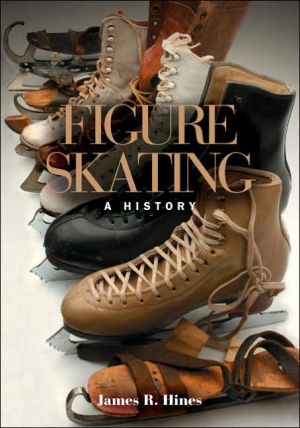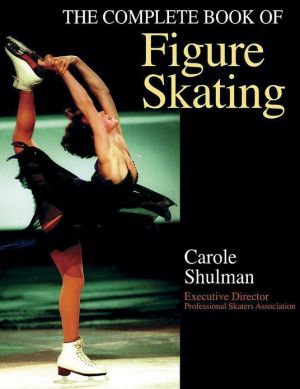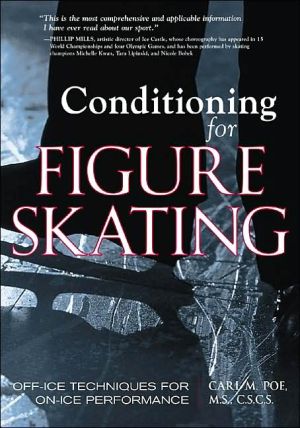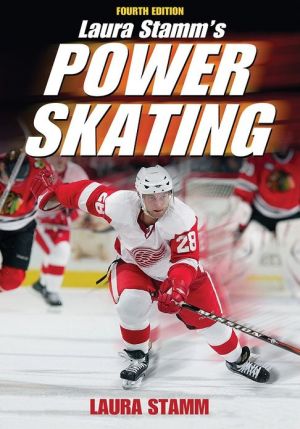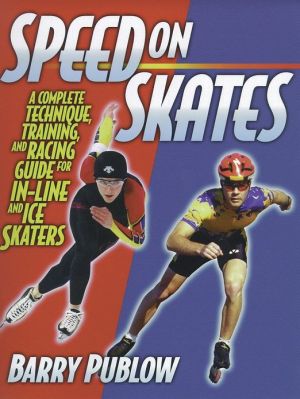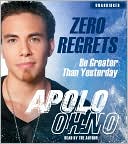Figure Skating: A History
Figure skating, unique in its sublimely beautiful combination of technical precision, musicality, and interpretive elements, has undergone many dramatic developments since the only previous history of the sport was published in 1959. This exciting and information-packed new history by James R. Hines explains skating's many technical and artistic advances, its important figures, its intrigues and scandals, and the historical high points during its long evolution. Hines divides his history into...
Search in google:
Figure skating, unique in its sublimely beautiful combination of technical precision, musicality, and interpretive elements, has undergone many dramatic developments since the only previous history of the sport was published in 1959. This exciting and information-packed new history by James R. Hines explains skating's many technical and artistic advances, its important figures, its intrigues and scandals, and the historical high points during its long evolution. Hines divides his history into three periods separated by the World Wars. In the first section, he follows functional and recreational ice skating through its evolution into national schools, culminating in the establishment of the International Skating Union and the ascendancy of an international style of skating. The second section explains the changes that occurred as the sport expanded into the form we recognize and enjoy today, and the final section shows how skating became increasingly athletic, imaginative, and intense following World War II, as the main focus turns to skaters themselves. The profiles include some 148 World and Olympic Champions as well as others who, in Dick Button's words, "left the sport better because they were in it." Beginning with mythological tales from twelfth- and thirteenth-century Scandinavians, Hines describes hundreds who have contributed to the sport. They include figure skating's patron saint Lydwina of Schiedam, whose late-fourteenth-century skating tumble has been documented in a woodcut; Ulrich Salchow and Axel Paulsen, who gave their names to distinctive jumps; Madge Syers, who entered and medaled at the previously all-male World Championships in 1902; and Sonja Henie, who took skating to the silver screen. The history ends with the 2002 skating season, when Maria Butyrskaya and Michelle Kwan commanded the most attention and an unfortunate judging decision rocked the pairs' competition, resulting in the adoption of a new judging system. Beyond the contributions of individual skaters, Figure Skating also traces the growth of competitions and show skating (professional and amateur), and discussions of relevant social, political, and ethical concerns that have affected the sport. Along with over seventy magnificent historical pictures spread throughout the book, a very special gallery features the picture of every world and Olympic champion. Figure Skating is an informative and inspiring resource, sure to be enjoyed by anyone who has ever skated recreationally or in competition as well as by the many fans who have this beautiful sport as spectators. Library Journal This illustrated book is certainly one that all skaters will want to read. But the viewing public, which has come to appreciate figure skating through the flattering lens of television, will also have fun with it. Hines (musicology, Christopher Newport Univ., Newport News, VA) artfully explains various skating styles-English, Continental, American-and the development of modern competition. The more engaging topics related to the sport, like the controversy over international judging, are given their due, but not with the drama and punch they deserve. Hines is quite right, however, to emphasize that the elimination of school figures (the carefully traced circles that in the past counted toward as much as 60 percent of the total mark for a skater's performance) from competition was the most radical change the sport has experienced over the years. The only thing that really mars the book's flow is the unending parade of skaters profiled, some of whom seem obscure. Still, public library users will be happy to see this book turn up on the shelves.-Bonnie Collier, Yale Law Lib., New Haven, CT Copyright 2006 Reed Business Information.
1Skating before figures152England : the birthplace of figure skating233Skating in the new world414Skating on the continent615The end of an era766Competitive skating between the wars977Skating with a partner1198Skating for an audience1349The golden age of American skating14910Recovery in Europe, pair skating, and ice dancing16511The artistic sixties18112The dynamic seventies19913Skating redirected : lake placid to Albertville22114Albertville to Salt Lake City24515New disciplines27116The world of professional skating287App. AWorld championships : medalists in figure skating313App. BEuropean championships : medalists in figure skating322App. CFour continents championships : medalists in figure skating330App. DNorth American championships : medalists in figure skating332App. EOlympic games : medalists in figure skating336
\ Library JournalThis illustrated book is certainly one that all skaters will want to read. But the viewing public, which has come to appreciate figure skating through the flattering lens of television, will also have fun with it. Hines (musicology, Christopher Newport Univ., Newport News, VA) artfully explains various skating styles-English, Continental, American-and the development of modern competition. The more engaging topics related to the sport, like the controversy over international judging, are given their due, but not with the drama and punch they deserve. Hines is quite right, however, to emphasize that the elimination of school figures (the carefully traced circles that in the past counted toward as much as 60 percent of the total mark for a skater's performance) from competition was the most radical change the sport has experienced over the years. The only thing that really mars the book's flow is the unending parade of skaters profiled, some of whom seem obscure. Still, public library users will be happy to see this book turn up on the shelves.-Bonnie Collier, Yale Law Lib., New Haven, CT Copyright 2006 Reed Business Information.\ \
